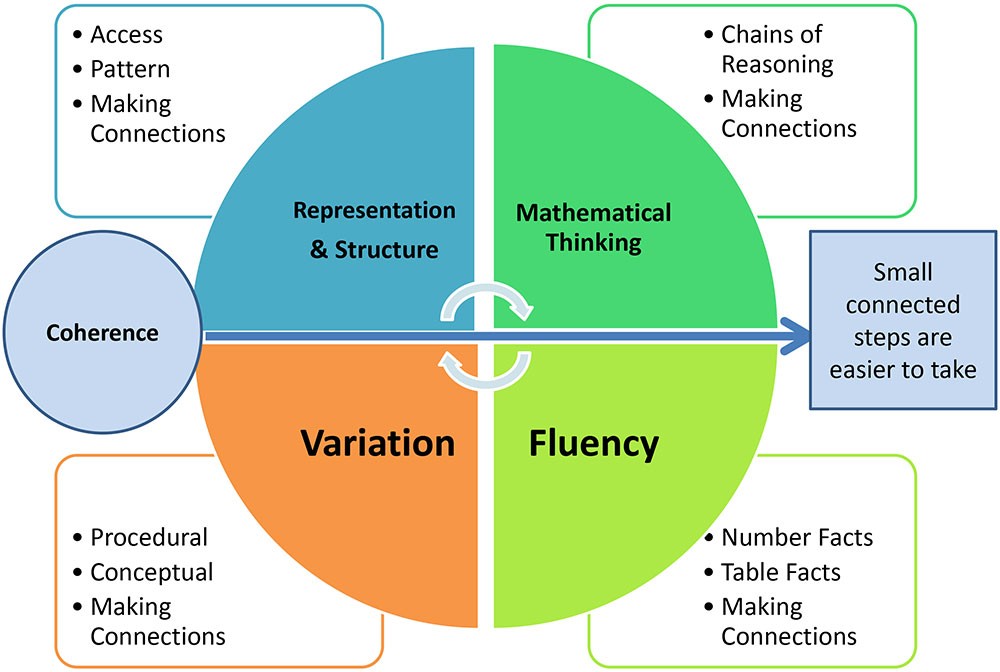Mastering maths means pupils of all ages acquiring a deep, long-term, secure and adaptable understanding of the subject. The phrase ‘teaching for mastery’ describes the elements of classroom practice and school organisation that combine to give pupils the best chances of mastering maths. Achieving mastery means acquiring a solid enough understanding of the maths that’s been taught to enable pupils to move on to more advanced material.
The Five Big Ideas underpin teaching for mastery in both primary and secondary schools.
What is the Teaching for Mastery Programme?
The NCETM and Maths Hubs have been running the national Primary Teaching for Mastery Programme since 2015, and more recently secondary schools have also become involved with teaching for mastery as the Secondary Teaching for Mastery Programme expands. The programme is open to all state-funded schools in England.
Key principles of teaching for mastery include:
- A rejection of the idea that some people just cannot do maths.
- Whole class teaching, where the focus is on all pupils working together on the same lesson content – leaving no pupil behind.
- Use of early intervention to ensure that pupils who struggle to grasp a concept are ready to move on in subsequent lessons.
- Lesson design ensures that learning is built in small steps, while learning is clearly sequenced and identifies key points and areas which pupils are more likely find difficult.
- Procedural fluency and conceptual understanding are developed in tandem because each supports the development of the other.
- The structure and connections within the mathematics are emphasised, so that pupils develop deep learning that can be sustained. This is supported by the use of well-chosen manipulatives and representations.
- A central element, which underpins Teaching for Mastery, are the Five Big Ideas. The diagram below shows how these ideas are bound together.




